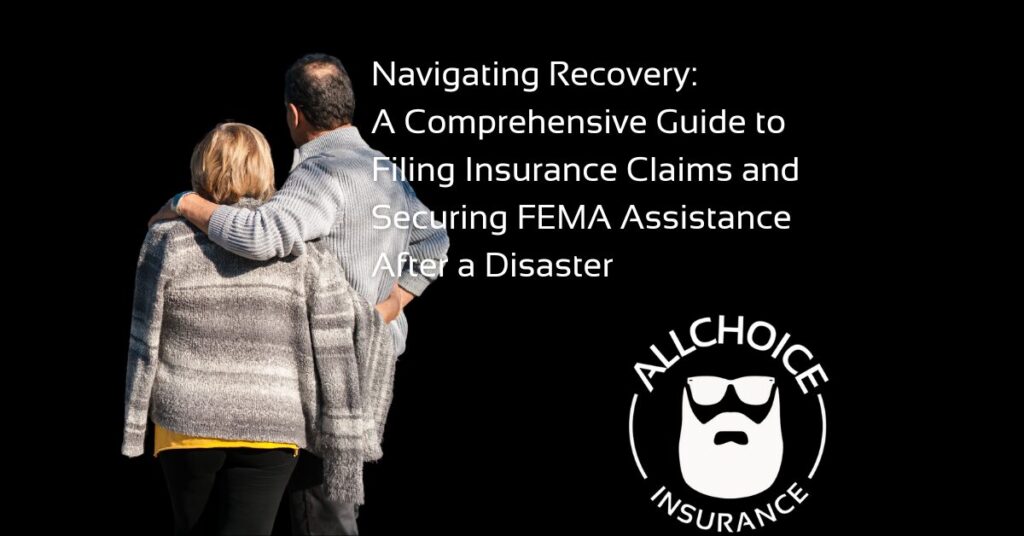Navigating Recovery: A Comprehensive Guide to Filing Insurance Claims and Securing FEMA Assistance After a Disaster

Recovering from a disaster like Hurricane Helene involves a series of critical steps that can help mitigate the impact and accelerate the return to normalcy. Here’s a structured approach to navigating the aftermath effectively:
Immediate Safety Assessment
Immediately after the disaster, assess the safety of your environment. Check for structural damage to your home, sniff for gas leaks, look for live electrical wires, and be aware of any hazardous materials or debris in the area. Always prioritize your and your family’s safety by following local emergency services’ advice on whether to stay put or evacuate.
Secure Your Property
Once safety is confirmed, take steps to secure your property from further damage. This might include boarding up broken windows, tarping damaged roofs, or moving undamaged property to secure locations to prevent theft or additional weather damage. Keeping receipts and records of these expenses is important as they may be reimbursable by your insurance company.
Notify Your Insurance and Apply for Assistance
Contact your insurance company as soon as possible to report the damage and start the claims process. Additionally, if your area is declared a federal disaster area, you may qualify for FEMA assistance. Applying early for both insurance and FEMA can facilitate quicker assistance, which is often vital for covering immediate and short-term expenses.
Document Everything
Document all damage thoroughly before starting any major repairs. Take photos from multiple angles and make detailed lists of all damaged or lost items. When communicating with insurance adjusters, FEMA agents, or contractors, keep a log of all interactions including dates, names, and what was discussed or agreed upon.
Plan Your Financial Strategy
Review your financial reserves and understand your cash flow and obligations in the coming weeks and months. Contact your mortgage provider, credit card companies, and other creditors to discuss potential relief options such as deferred payments. It’s crucial to manage your finances carefully to navigate through the recovery phase without additional financial strain.
Rebuild and Repair
Prioritize repairs based on safety and necessity. Work with licensed and insured contractors to ensure quality workmanship. Be wary of scams, which are unfortunately common after disasters. If possible, consider upgrades that could protect your property from future disasters, such as higher flood barriers or hurricane-resistant windows.
Seek Emotional and Community Support
The emotional toll of recovering from a disaster can be significant. Reach out to local support groups, counseling services, or online forums for emotional and practical support. Participating in community recovery efforts can also provide a sense of purpose and connection during difficult times.
Stay Informed and Adaptable
Conditions post-disaster can evolve rapidly. Stay informed with updates from local authorities, weather services, and community groups. Being adaptable to changing information and guidelines can help you make informed decisions about ongoing recovery and future preparedness.
Prepare for the Future
Reflect on the disaster and your response to it. Could anything have been done differently? Use this experience to update your emergency plans and kits. Consider improvements to your property and insurance coverages that could better prepare you for similar events in the future.
Reflect and Learn
Once recovery has stabilized, take the time to reflect on what was learned during the process. Document these insights and consider sharing your experiences to help others prepare and recover from future disasters. This reflection can be invaluable in strengthening personal resilience and contributing to community preparedness.
By enhancing each step with these details, you can create a more comprehensive and effective disaster recovery plan, ensuring all aspects of recovery are addressed thoroughly.







